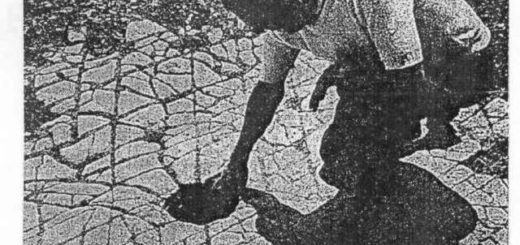Young star may be devouring a planet

Researchers at NASA’s Chandra X-ray Observatory may have watched a young star devouring a planet.
For decades, scientists have observed irregular dimming of RW Aur A, a young star in the Taurus-Auriga constellation. Questions about this star grew as it began to dim more frequently and for longer periods of time, according to Hans Moritz Guenther, a research scientist in MIT’s Kavli Institute for Astrophysics and Space Research and lead author on the study. Physicists looking into the phenomenon have observed RW Aur A using NASA’s Chandra X-ray Observatory, and the researchers believe that they may have found the reason for this dimming: This young star is “eating” a planet, Guenther told Space.com.
Based on new Chandra observations, Guenther’s team thinks that two infant planetary bodies (at least one of which is big enough to be a planet) are colliding, and debris from this crash is falling into RW Aur A. This debris would create a “veil” of gas and dust that would obscure the star’s light, according to a statement from Chandra. [The Puzzle of ‘Tabby’s Star’: 9 NASA Explanations for Star’s Odd Dimming]
“Computer simulations have long predicted that planets can fall into a young star, but we have never before observed that,” Guenther said in the statement. “If our interpretation of the data is correct, this would be the first time that we directly observe a young star devouring a planet or planets.”
In a previous observation of the young star in 2017, astronomers found 10 times more iron coming from the disk of dust and gas that continues to surround the star than a previous observation had found in 2013, according to the statement. And “that iron needs to come from somewhere,” Guenther said to Space.com. Guenther and his colleagues suggest that this iron must have come from planetary debris around the star that had “broken off” in the collision between the two infant planetary bodies.
“Every time we’ve seen it [RW Aur A], it’s looked vastly different from before,” Guenther told Space.com, referring to the star’s iron levels and brightness. Researchers think that previous dimming events with the young star could have also been caused by similar collisions, according to the statement.
But, while Guenther and his team think that this smashup could have released iron and materials into the star, obscuring its light and causing it to dim, it’s not the only explanation.
Guenther told Space.com that it’s equally likely that small pieces of material (like the iron) could be captured in a “dust pressure trap,” in which material is trapped in the disk of dust and gas around the star until sudden changes in the disk cause the material to be released. This material, including iron, could then “fall” into the nearby star.
But the evidence is clear that the “iron has to come from the disk, from the young stellar disk of where planets form surrounding the star,” and there’s a “fairly large amount of iron that comes from somewhere in a short time — that’s what we know.”
The team will observe the young star again to see if the amount of iron has changed and, hopefully, better understand these events. By studying this star, the researchers hope to get a better idea of what really goes on in the life of a young star and how infant planets manage to survive, according to the statement.



 Creators of mankind
Creators of mankind Description of “Tall white aliens”
Description of “Tall white aliens” Where they came from?
Where they came from? About hostile civilizations
About hostile civilizations The war for the Earth
The war for the Earth “Tall white aliens” about eternal life
“Tall white aliens” about eternal life Video: “Nordic aliens”
Video: “Nordic aliens” Aliens
Aliens Alien encounters
Alien encounters The aliens base
The aliens base UFO
UFO Technology UFO
Technology UFO Underground civilization
Underground civilization Ancient alien artifacts
Ancient alien artifacts Military and UFO
Military and UFO Mysteries and hypotheses
Mysteries and hypotheses Scientific facts
Scientific facts


















